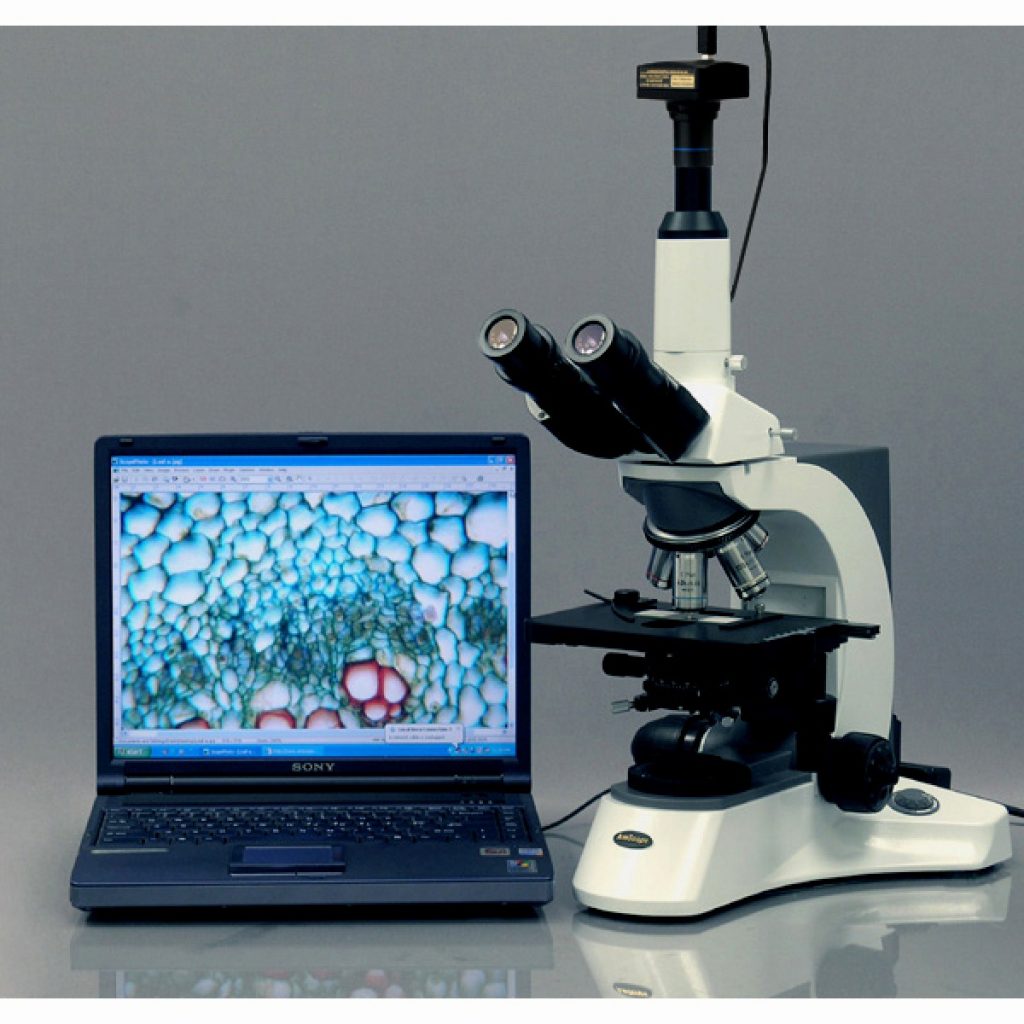
The global microscope digital camera market is projected to experience significant growth over the next decade, according to a new market research report. Valued at USD 892.6 million in 2024, the market is expected to reach USD 2,132.7 million by 2034, registering a compound annual growth rate (CAGR) of 9.1% during the forecast period from 2024 to 2034.
Microscope digital cameras are essential tools in scientific research, healthcare, and industrial applications, providing enhanced imaging capabilities and precision. The market’s growth is being driven by advancements in imaging technology, increasing demand for high-resolution digital microscopy, and the growing need for advanced research in life sciences and material sciences.
The report further highlights the rising adoption of microscope digital cameras in healthcare diagnostics, academia, and biotechnology, which is expected to fuel market expansion in the coming years. Additionally, innovations in camera technology, including increased resolution and connectivity options, are likely to further boost market demand.
The full report offers in-depth insights into the market’s key drivers, emerging trends, and growth opportunities, providing valuable data for industry professionals, researchers, and investors looking to capitalize on the growing demand for digital imaging solutions.
Microscope cameras capture and share sensitive imaging data. Hence, the issues regarding data privacy become crucial, hindering microscope digital camera demand. Assuring strong encryption protocols, safe data storage solutions, and adherence to data protection rules adds intricacy and cost to product innovation and upkeep. This is set to result in constrained adoption of microscope digital cameras.
North America is set to take precedence in the global microscope digital camera sector during the forecast period. This is due to the presence of key microscope imaging device manufacturers with modernized technologies and repaying promotional strategies. North America is a profitable region and dominates the global microscopic digital camera market. The presence of essential microscope digital camera providers and progressive healthcare facilities referred to the supremacy of North America. Surged research programs in the United States and Canada also supports this.
Key Takeaways:
- CAGR of 9.1%: The global microscope digital camera market will grow at a robust 9.1% CAGR during 2024-2034.
- Market Valuation: Revenue is projected to rise from USD 892.6 million in 2024 to USD 2,132.7 million by 2034.
- Key Drivers: The adoption of advanced imaging technologies in life sciences, research labs, and medical diagnostics is expected to propel market growth.
- Technological Innovations: Continuous advancements in digital camera technology, such as higher resolution imaging and ease of integration with microscopes, are playing a pivotal role in driving market expansion.
- Regional Growth: Emerging economies in Asia-Pacific and Latin America are anticipated to witness significant growth, supported by increased investments in research and healthcare infrastructure.
This substantial growth highlights the increasing importance of digital cameras in microscopy, offering improved accuracy, higher image resolution, and efficiency for researchers and medical professionals across various industries.
Key Segments of Market Report
By Product:
The report consists of key products like biological microscope camera and industrial microscope camera. Biological microscope camera is further bifurcated into automated microscope camera and manual microscope camera. Automated camera is again divided into integrated camera and individual camera. Similarly, industrial microscope camera is classified into automated microscope camera and manual microscope camera. Automated camera is again divided into integrated camera and individual camera.
By Sensor Type:
Key sensor types present in the industry include CMOS (complementary metal oxide semiconductor) and CCD (charge-coupled device). CMOS bifurcated into cooled and non-cooled type. CCD is also divided into cooled and non-cooled type.
By Mount Type:
The industry is classified into c-mount and eyepiece mount/ ocular mount.
By End User:
The report consists of end users like hospitals, research laboratories, pharmaceutical and biotechnology industries, and clinics. The research laboratories segment is further bifurcated into clinical and non-clinical type.
By Region:
Analysis of the industry has been carried out in key countries of North America, Latin America, East Asia, South Asia and Pacific, Western Europe, Eastern Europe, and the Middle East and Africa.
About Future Market Insights (FMI)
Future Market Insights, Inc. (ESOMAR certified, recipient of the Stevie Award, and a member of the Greater New York Chamber of Commerce) offers profound insights into the driving factors that are boosting demand in the market. FMI stands as the leading global provider of market intelligence, advisory services, consulting, and events for the Packaging, Food and Beverage, Consumer Technology, Healthcare, Industrial, and Chemicals markets. With a vast team of over 400 analysts worldwide, FMI provides global, regional, and local expertise on diverse domains and industry trends across more than 110 countries.
Contact Us:
Future Market Insights Inc.
Christiana Corporate, 200 Continental Drive,
Suite 401, Newark, Delaware – 19713, USA
T: +1-347-918-3531
For Sales Enquiries: sales@futuremarketinsights.com
Website: https://www.futuremarketinsights.com
LinkedIn| Twitter| Blogs | YouTube
